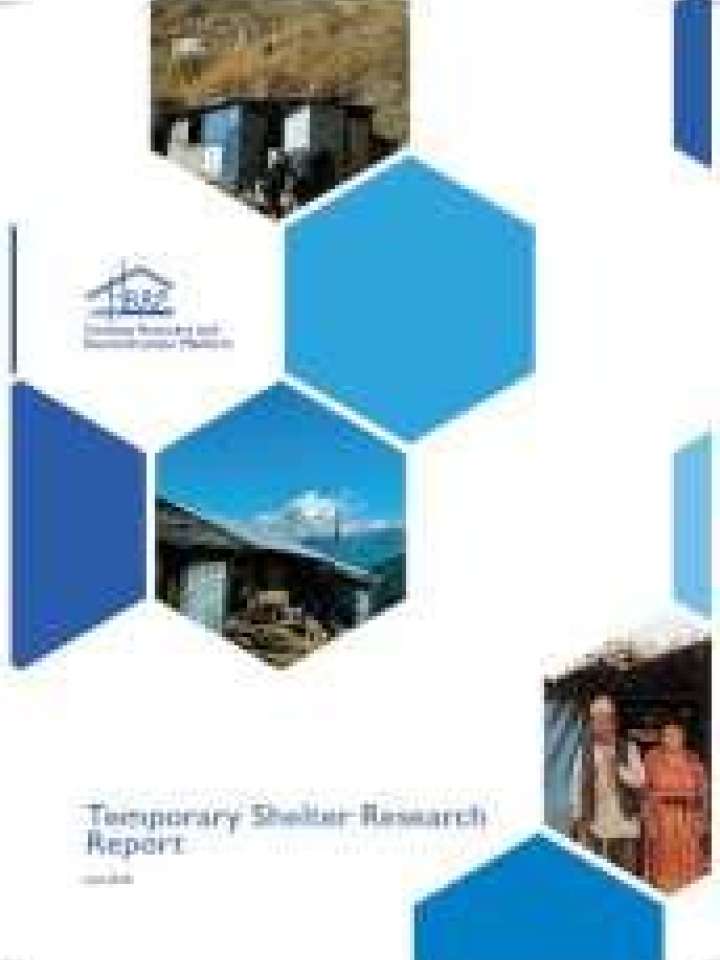Temporary shelter research report
In response to the Gorkha Earthquake which struck Nepal on 25 April 2015, this report documents the status of temporary shelters across the 14 districts most affected by the earthquake. It also explores the reconstruction issues and challenges that affect families that are in temporary shelter, as well as assessing their needs in terms of further temporary shelter support.
The report concludes by recommending a set of next steps to address the issues identified through the research. These include:
- Extending the Government of Nepal deadline for disbursement of the housing reconstruction grant tranches by at least two years to allow a realistic and reasonable period for households to reconstruct.
- Scale up socio-technical assistance coverage for families that are living in temporary shelter. This support should be tailored to their needs and focus on areas such as budgeting, house design, material quality and purchase, hiring skilled labour, etc.
- Roll out information and support for maintenance and improvement of shelters. This could include information on rainwater harvesting and drainage that is equally applicable and important for construction of houses.
